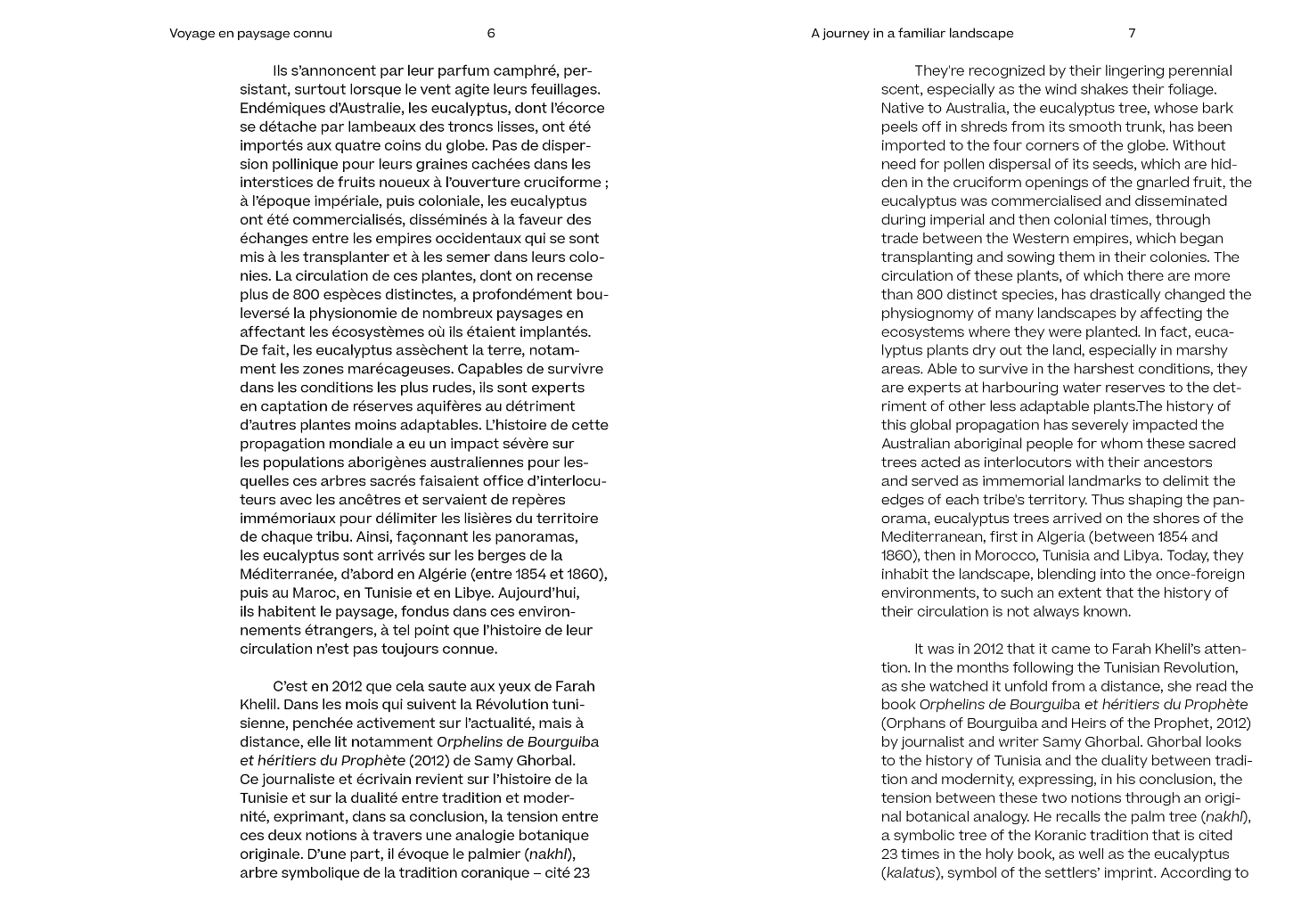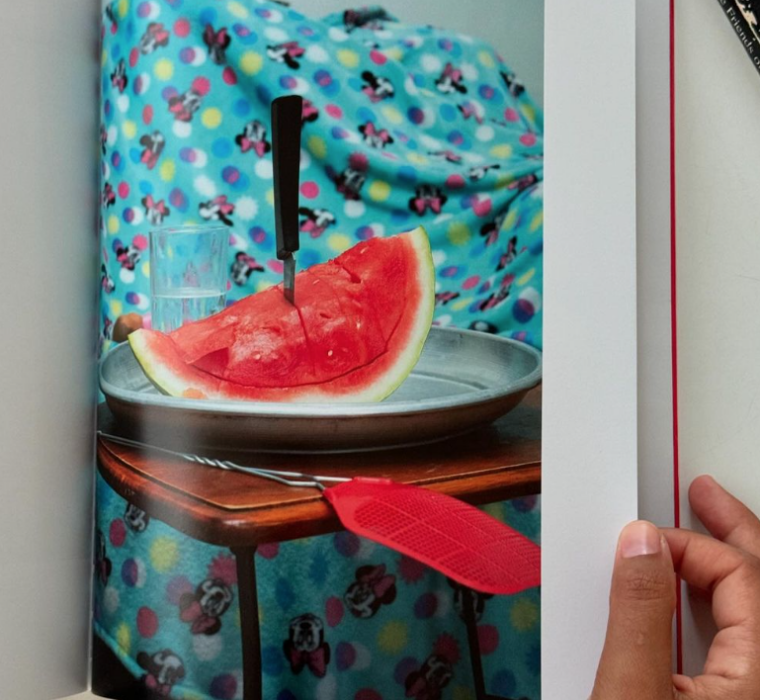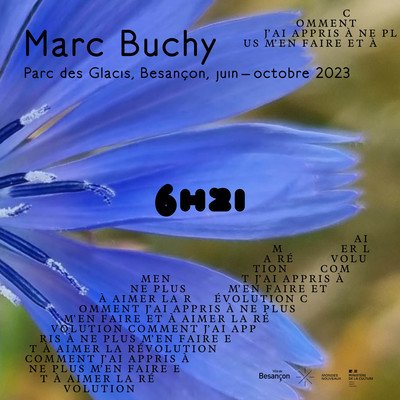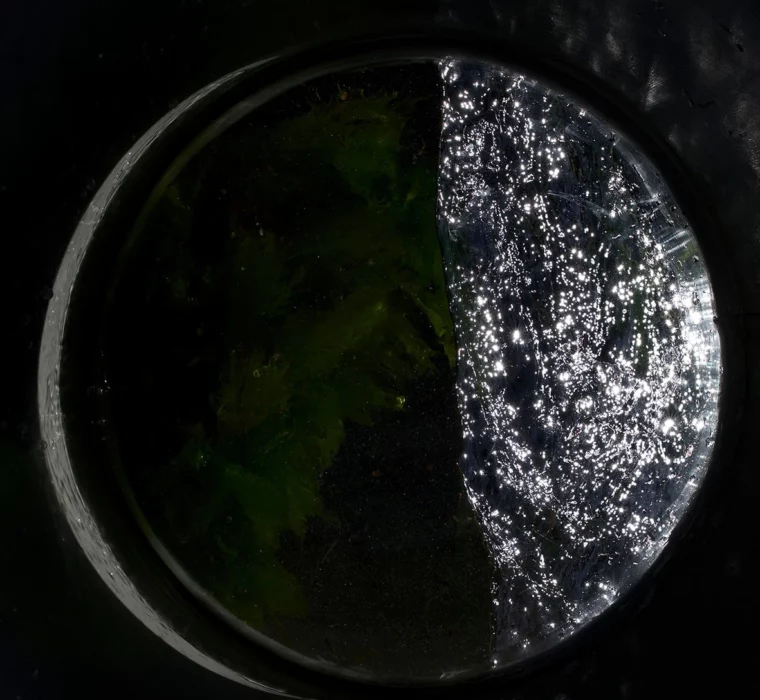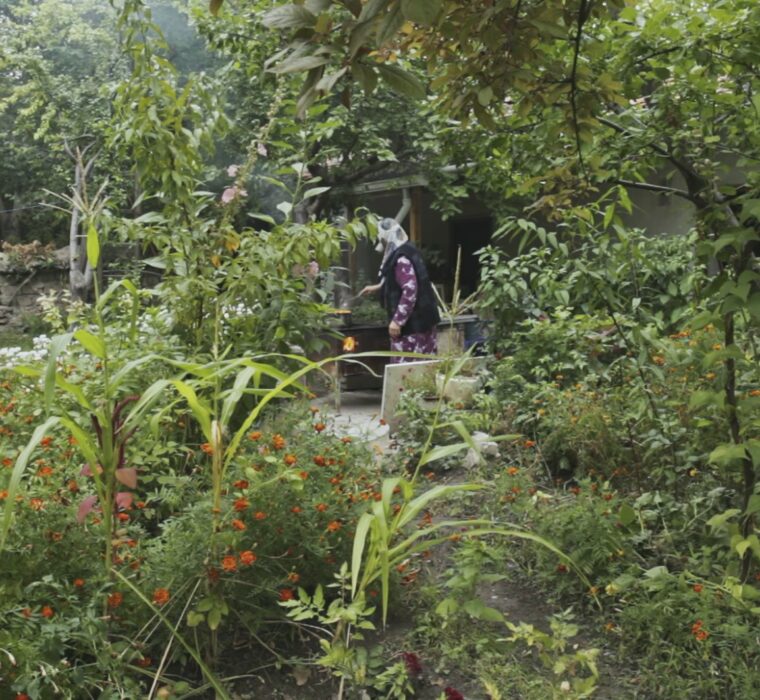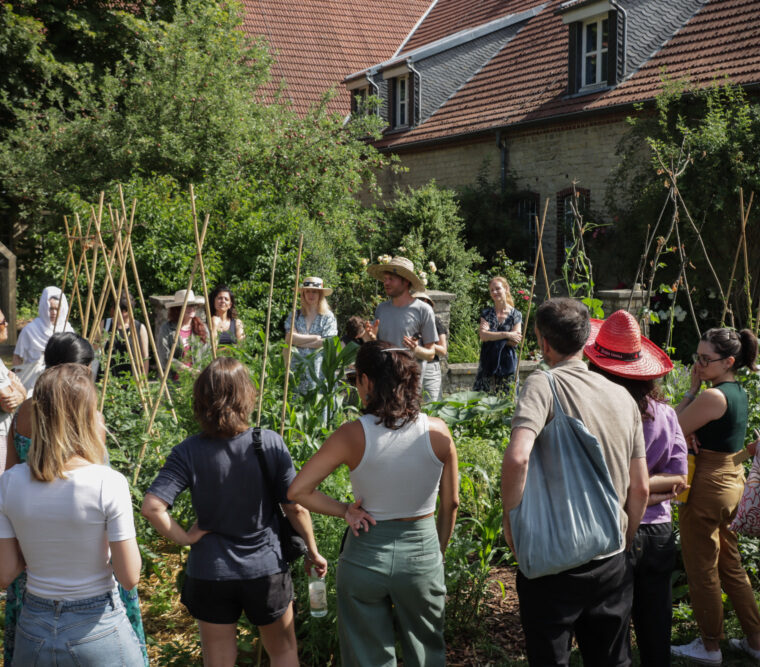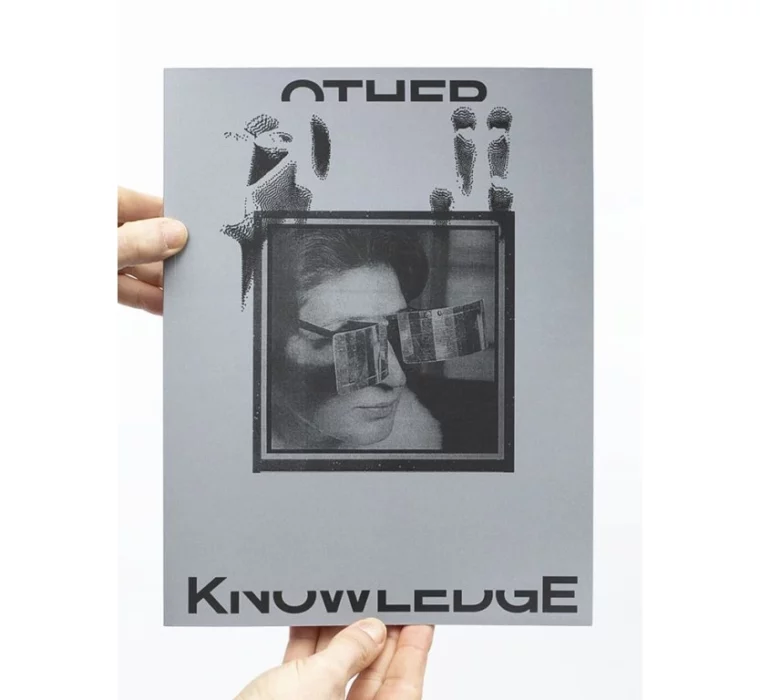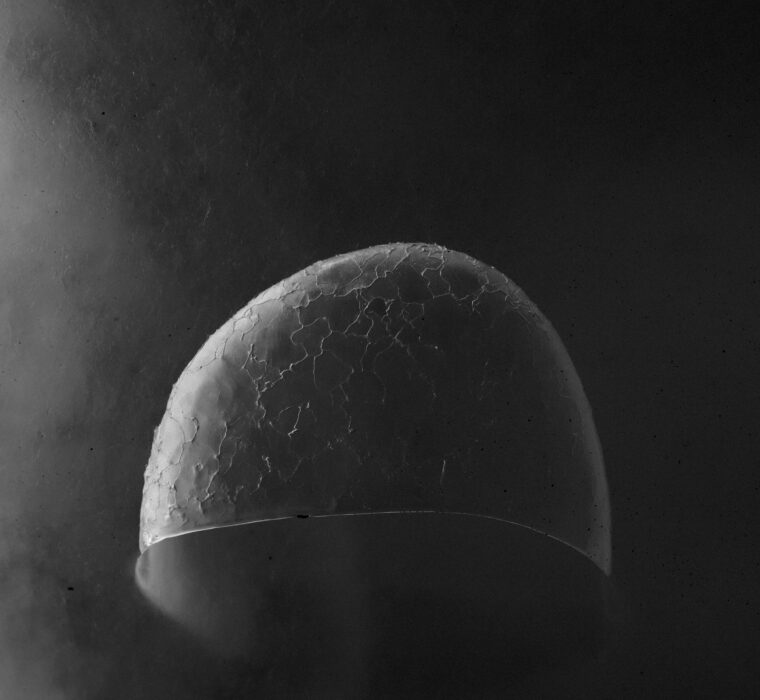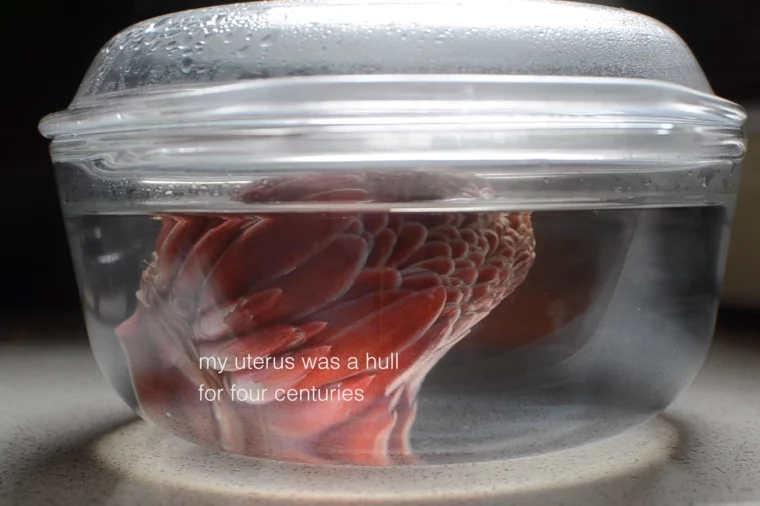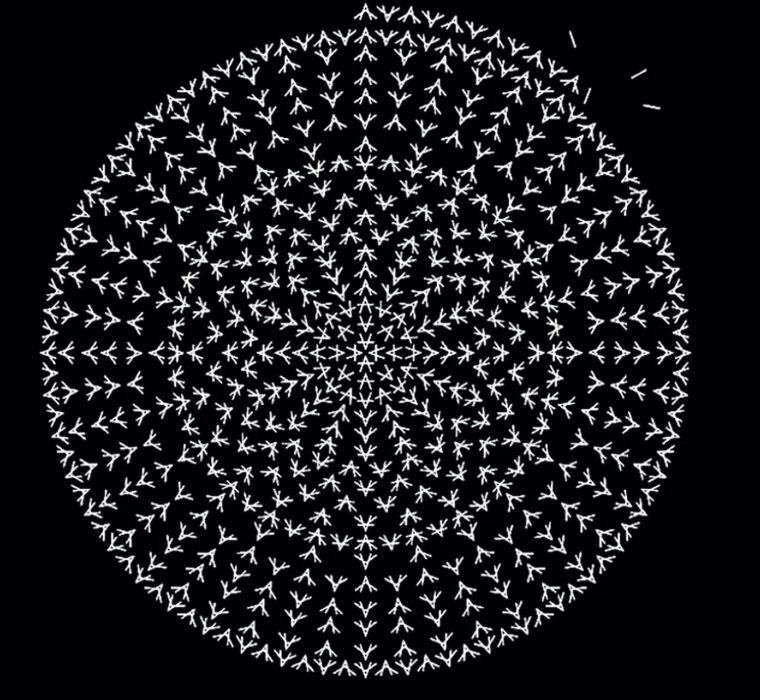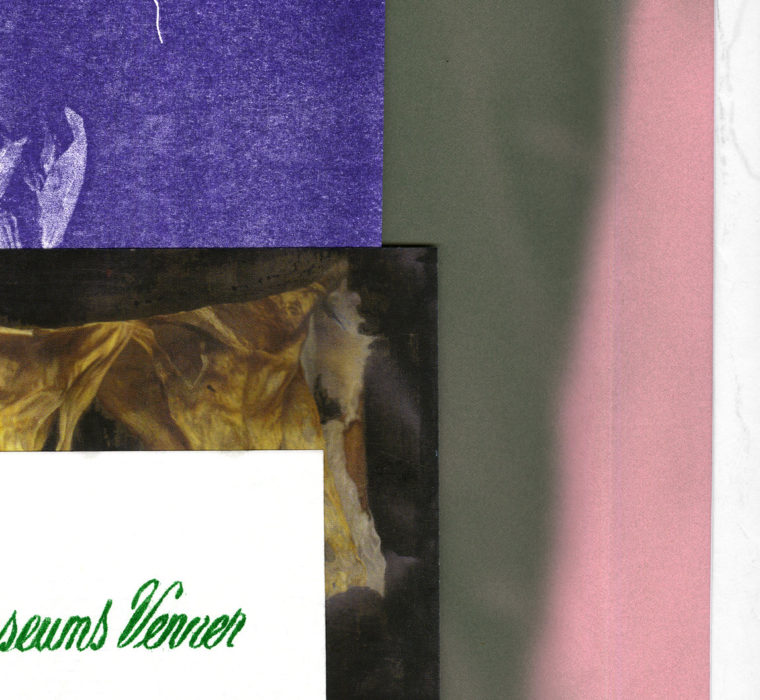Effet de Serre
Published by Bao Books, Tunis
Contributors
Clelia Coussonnet
Adnen Jdey
Farah Khelil
Hedi Khelil
After curating Farah Khelil’s solo show Effet de serre in the Parc du Belvédère, Tunis, Tunisia, in 2021, I was so delighted to see her eponymous publication finally out. For all of you who have followed this adventure you know how much labour and love we put into giving birth to it. The book traced back all her efforts in turning a greenhouse into an art space, and gave an extensive insight into her research around the Palmarium of Tunis. My essay Journey into a familiar landscape – Effet de Serre, an ecological, urban and architectural anatomy inspired by the palm and eucalyptus in Tunisia passed on the genesis and development of the project as well as contemplated the place of palm tree and eucalyptus in the Tunisian cultural context and its links with colonial politics.
The publication featured unpublished documents from the research and essays from Adnen Jdey, Farah Khelil and Hedi Khelil too. I can only highly recommend getting it to really measure the depth and wealth of the project Effet de serre.
Effet de Serre
Published by Bao Books, Tunis
Contributors
Clelia Coussonnet
Adnen Jdey
Farah Khelil
Hedi Khelil
After curating Farah Khelil’s solo show Effet de serre in the Parc du Belvédère, Tunis, Tunisia, in 2021, I was so delighted to see her eponymous publication finally out. For all of you who have followed this adventure you know how much labour and love we put into giving birth to it. The book traced back all her efforts in turning a greenhouse into an art space, and gave an extensive insight into her research around the Palmarium of Tunis. My essay Journey into a familiar landscape – Effet de Serre, an ecological, urban and architectural anatomy inspired by the palm and eucalyptus in Tunisia passed on the genesis and development of the project as well as contemplated the place of palm tree and eucalyptus in the Tunisian cultural context and its links with colonial politics.
The publication featured unpublished documents from the research and essays from Adnen Jdey, Farah Khelil and Hedi Khelil too. I can only highly recommend getting it to really measure the depth and wealth of the project Effet de serre.
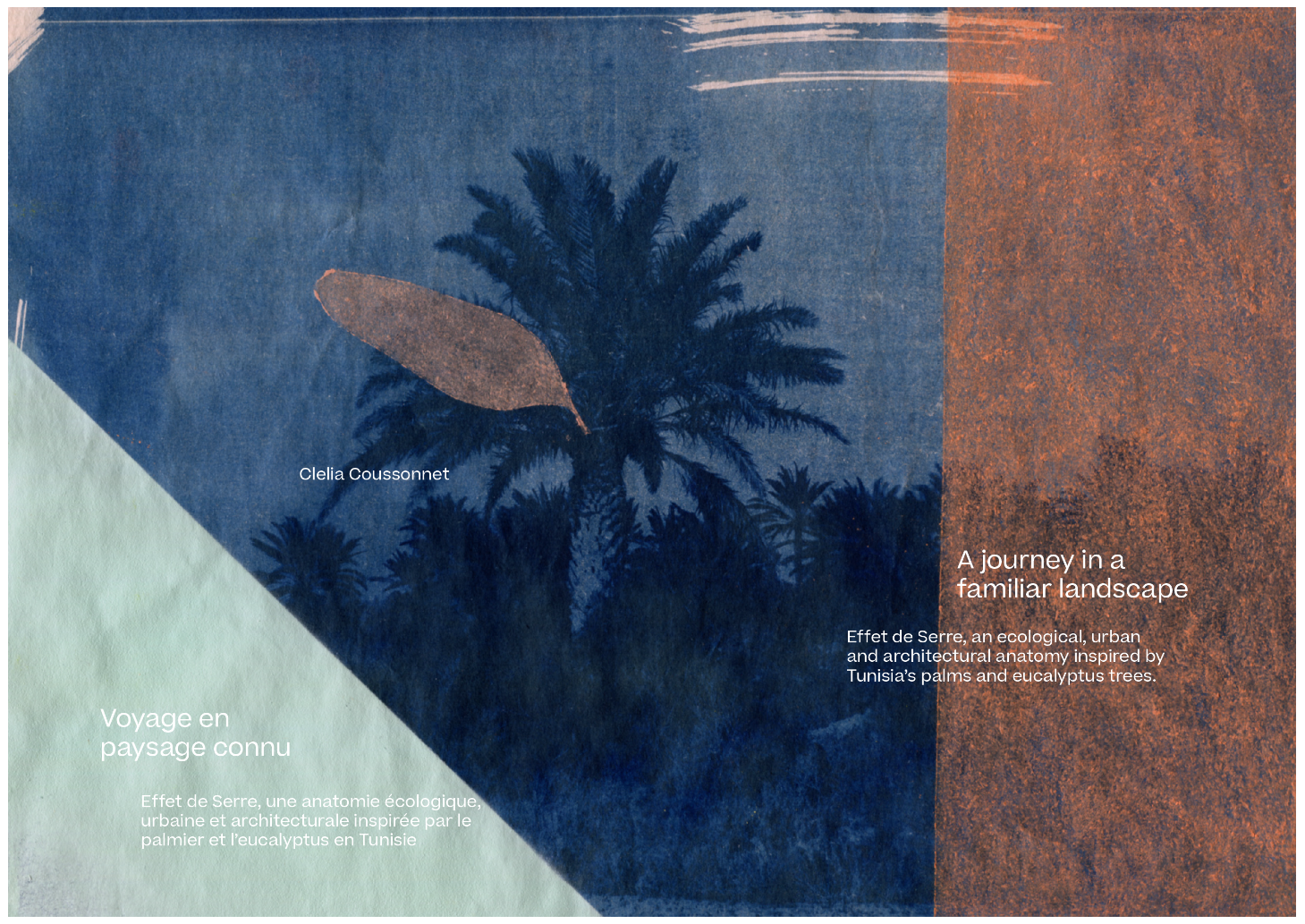
‘Most natural environments appear to have been shaped by human action. How many historical strata can the study of flora reveal? Starting from this observation, Farah Khelil examines the presence of eucalyptus trees in Tunisia, looking for what they reveal about the country, its colonial past and its approach to modernity after independence.
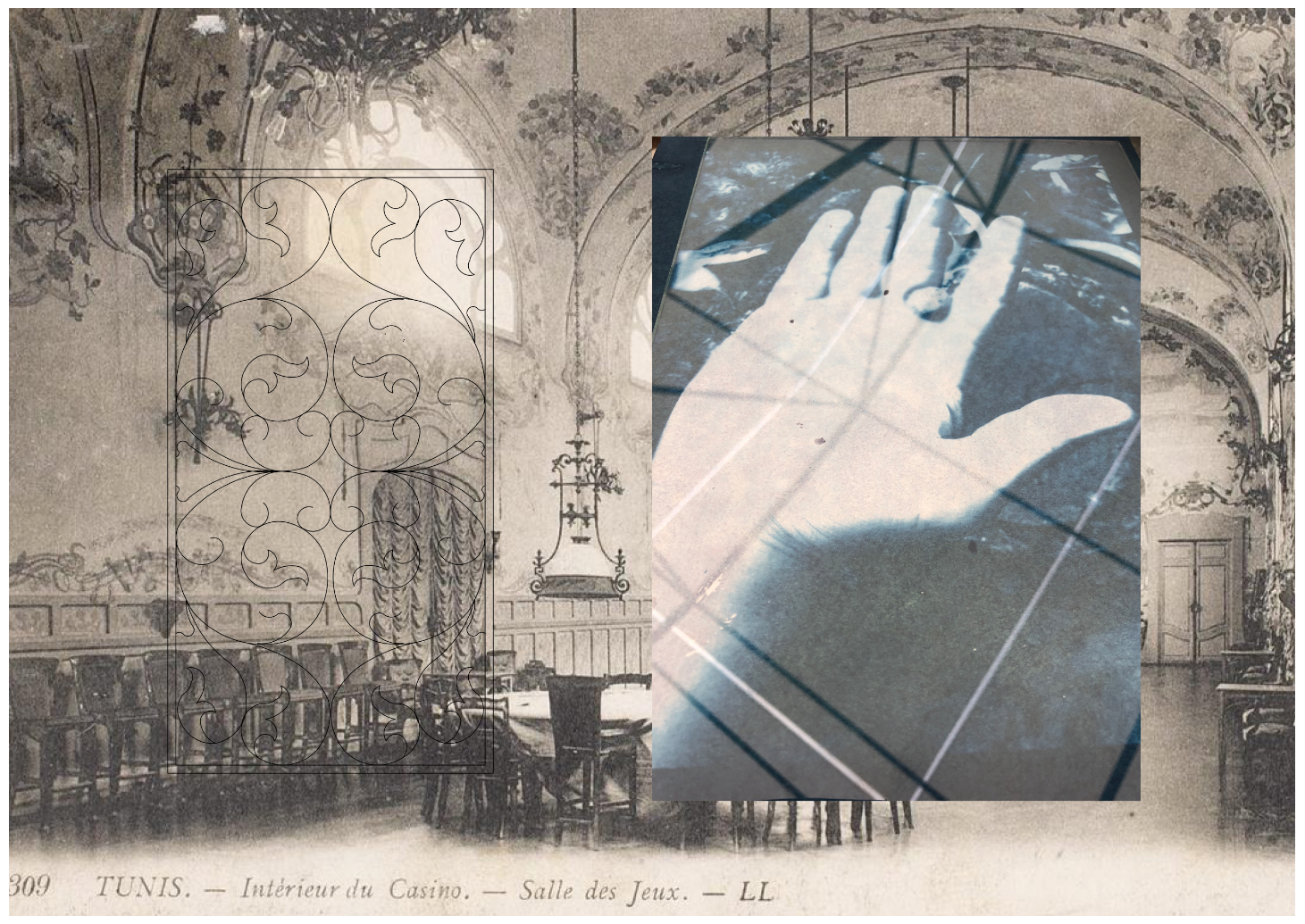
Through the botanical prism, then going beyond it, she questions what is taken for granted, digs into archives summoning up the architectural heritage of Tunis, and, diverting a horticultural greenhouse, she proposes to explore the mechanisms of Western display.’
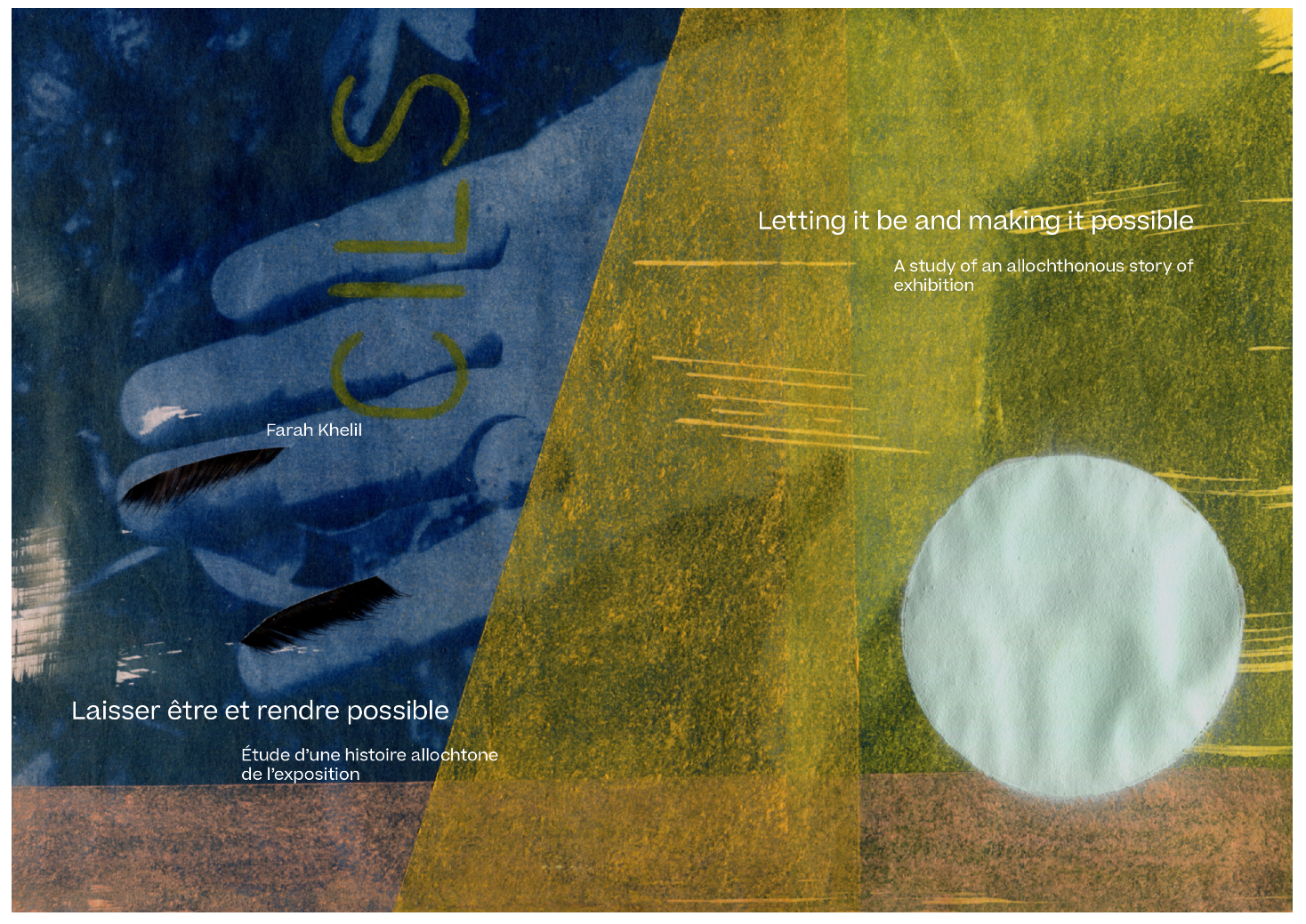
‘Most natural environments appear to have been shaped by human action. How many historical strata can the study of flora reveal? Starting from this observation, Farah Khelil examines the presence of eucalyptus trees in Tunisia, looking for what they reveal about the country, its colonial past and its approach to modernity after independence. Through the botanical prism, then going beyond it, she questions what is taken for granted, digs into archives summoning up the architectural heritage of Tunis, and, diverting a horticultural greenhouse, she proposes to explore the mechanisms of Western display.’
About ‘An ecological, urban and architectural anatomy inspired by Tunisia’s palms and eucalyptus trees: a conceptual, committed and critical gesture of renovation of Tunis’ municipal greenhouse at the Parc du Belvédère, which questions the very same definition of an artwork, the place of the artist and the role of cultural institutions.
Effet de serre is a research (2012), exhibition (2021) and publication (2022) project, in which the artist Farah Khelil is committed to renovating the municipal greenhouse of the city of Tunis at Parc du Belvedere with an artistic production grant. His approach questions the definition of the art object and the exhibition as well as the place of the artist in cultural institutions. Thus, the artist emancipates himself from the demands of the market by directing a scholarship to support artistic production towards actions of general interest and common good. Then, the greenhouse hosts an immersive display composed of polymorphic and heterogeneous elements that retrace the architectural history of the Palmarium of Tunis in a dialectic between eucalyptus and palm, tradition and postcolonial modernity.
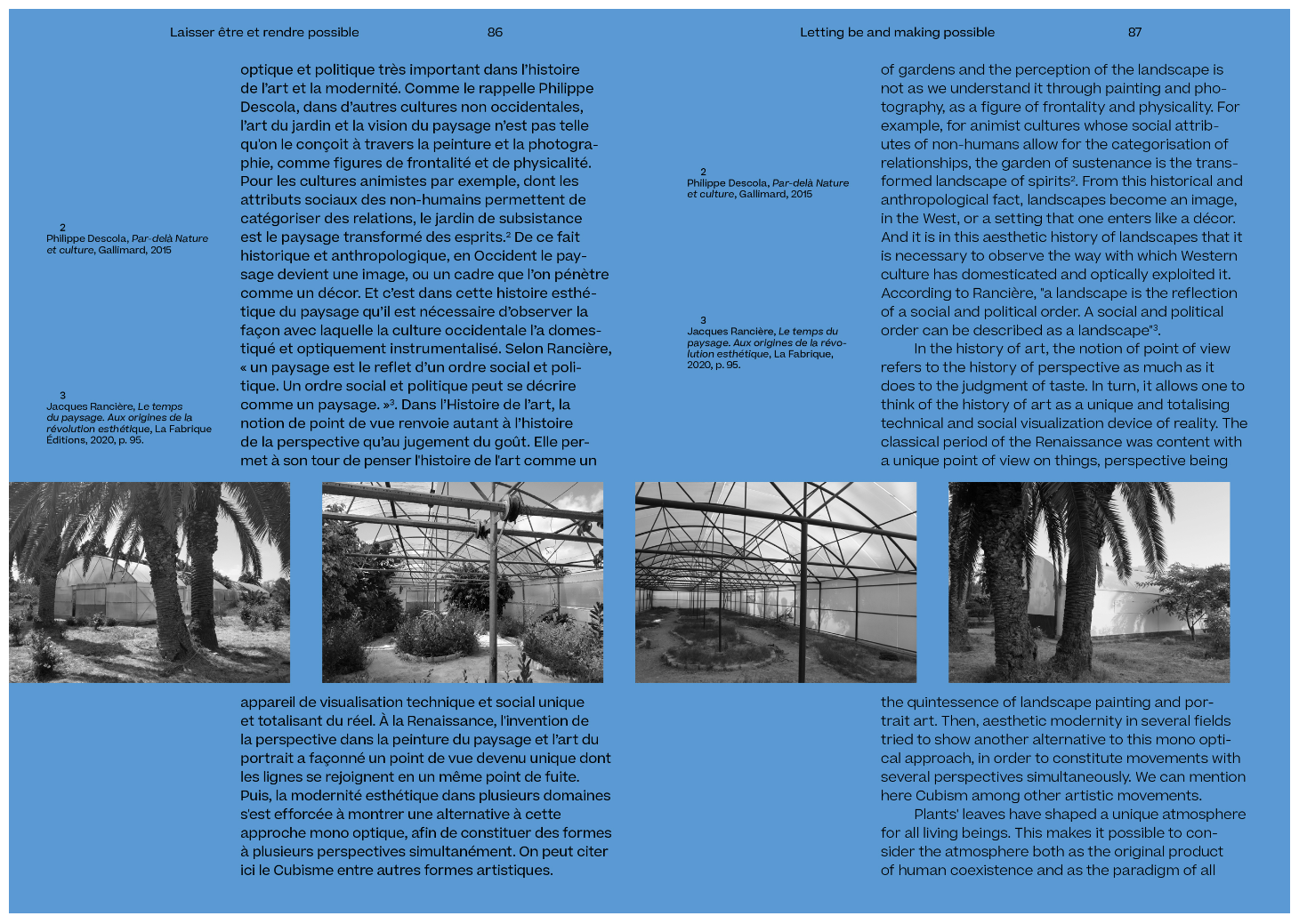
The ontological questions of the image and the exhibition highlight a dualistic and dichotomous system of thought that separates Nature and Culture, Self and Other, Subject and Object. They allow a formal translation of the relationship that art history has with the material, institutional and cultural conditions of the construction of images as a surface effect. Theatres, gardens, bestiaries, museums and greenhouses thus appear to be appropriate models of study suitable for mapping out a critique of the conception of the image and its exhibition as it was inherited from Europe.
Richly documented, Effet de Serre brings together previously unpublished essays by Clelia Coussonnet, Adnen Jdey, Farah Khelil and Hedi Khelil. This publication accompanies and furthers the eponymous research and exhibition project conceived by Farah Khelil in October 2021 in the municipal greenhouse of the Jardin des plantes of the Belvédère in Tunis, curated by Clelia Coussonnet. It unveils a corpus of works and texts produced within the framework of this project, which is based on a study of the history of the Palmarium of Tunis as well as on the dialectic of the palm tree and the eucalyptus.’
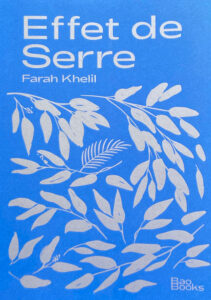
Info
Design by Moez Akkari
July 2023, Bilingual edition (English/French)
17 x 24 cm, 160 pages, softcover
ISBN 978-9938-78-225-7
Info
Design by Moez Akkari
July 2023, Bilingual edition (English/French)
17 x 24 cm, 160 pages, softcover
ISBN 978-9938-78-225-7
About An ecological, urban and architectural anatomy inspired by Tunisia’s palms and eucalyptus trees: a conceptual, committed and critical gesture of renovation of Tunis’ municipal greenhouse at the Parc du Belvédère, which questions the very same definition of an artwork, the place of the artist and the role of cultural institutions.
Effet de serre is a research (2012), exhibition (2021) and publication (2022) project, in which the artist Farah Khelil is committed to renovating the municipal greenhouse of the city of Tunis at Parc du Belvedere with an artistic production grant. His approach questions the definition of the art object and the exhibition as well as the place of the artist in cultural institutions. Thus, the artist emancipates himself from the demands of the market by directing a scholarship to support artistic production towards actions of general interest and common good. Then, the greenhouse hosts an immersive display composed of polymorphic and heterogeneous elements that retrace the architectural history of the Palmarium of Tunis in a dialectic between eucalyptus and palm, tradition and postcolonial modernity.
The ontological questions of the image and the exhibition highlight a dualistic and dichotomous system of thought that separates Nature and Culture, Self and Other, Subject and Object. They allow a formal translation of the relationship that art history has with the material, institutional and cultural conditions of the construction of images as a surface effect. Theatres, gardens, bestiaries, museums and greenhouses thus appear to be appropriate models of study suitable for mapping out a critique of the conception of the image and its exhibition as it was inherited from Europe.
Richly documented, Effet de Serre brings together previously unpublished essays by Clelia Coussonnet, Adnen Jdey, Farah Khelil and Hedi Khelil. This publication accompanies and furthers the eponymous research and exhibition project conceived by Farah Khelil in October 2021 in the municipal greenhouse of the Jardin des plantes of the Belvédère in Tunis, curated by Clelia Coussonnet. It unveils a corpus of works and texts produced within the framework of this project, which is based on a study of the history of the Palmarium of Tunis as well as on the dialectic of the palm tree and the eucalyptus.
‘How to retell the epic of this left behind monument, and create an image when documents and photographs are so scattered? This is not the first time that an artist has exhumed an erased building from its limbo. Farah Khelil finds its original plans – on blue carbon paper –, and period postcards featuring exterior views of the building. They are precious, but do not help to give a sufficient account of the building’s interior, of which we have only a photograph of the café with its large palm trees bathed in the light of a glass roof, and rare shots of the games room, the stage of the concert hall, and later of the darkened cinema.
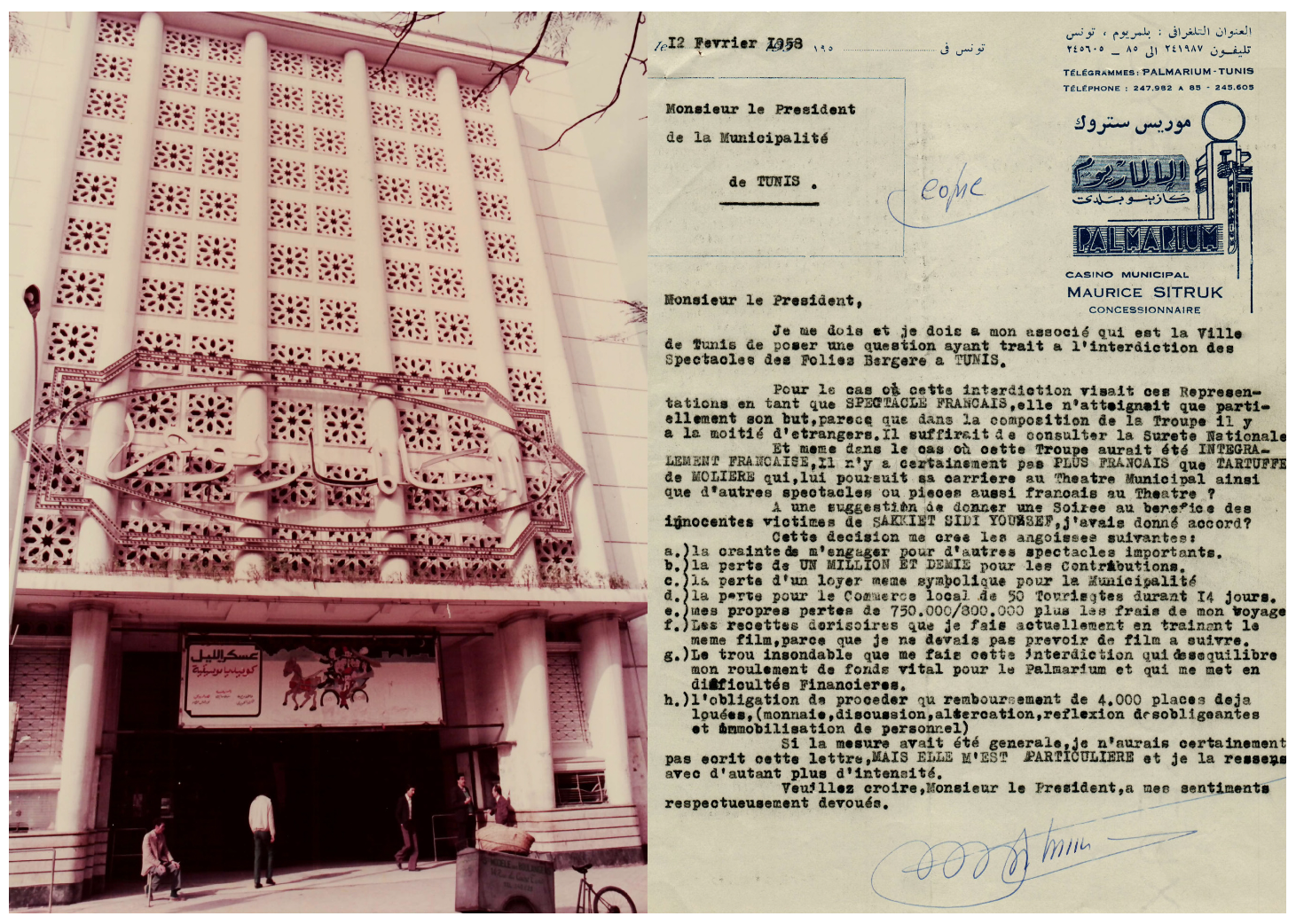
This is of little importance to the artist who has always had a taste for research and an appetite for objects that “have” history. She is much more interested in the idea of openness, in the way the imagination and the gaze take hold of the real, or the historical, to make something else of it.’
— Quotes by Clelia Coussonnet, Journey into a familiar landscape – Effet de Serre, an ecological, urban and architectural anatomy inspired by the palm and eucalyptus in Tunisia, 2022
‘How to retell the epic of this left behind monument, and create an image when documents and photographs are so scattered? This is not the first time that an artist has exhumed an erased building from its limbo. Farah Khelil finds its original plans – on blue carbon paper –, and period postcards featuring exterior views of the building. They are precious, but do not help to give a sufficient account of the building’s interior, of which we have only a photograph of the café with its large palm trees bathed in the light of a glass roof, and rare shots of the games room, the stage of the concert hall, and later of the darkened cinema. This is of little importance to the artist who has always had a taste for research and an appetite for objects that “have” history. She is much more interested in the idea of openness, in the way the imagination and the gaze take hold of the real, or the historical, to make something else of it.’
— Quotes by Clelia Coussonnet, Journey into a familiar landscape – Effet de Serre, an ecological, urban and architectural anatomy inspired by the palm and eucalyptus in Tunisia, 2022

